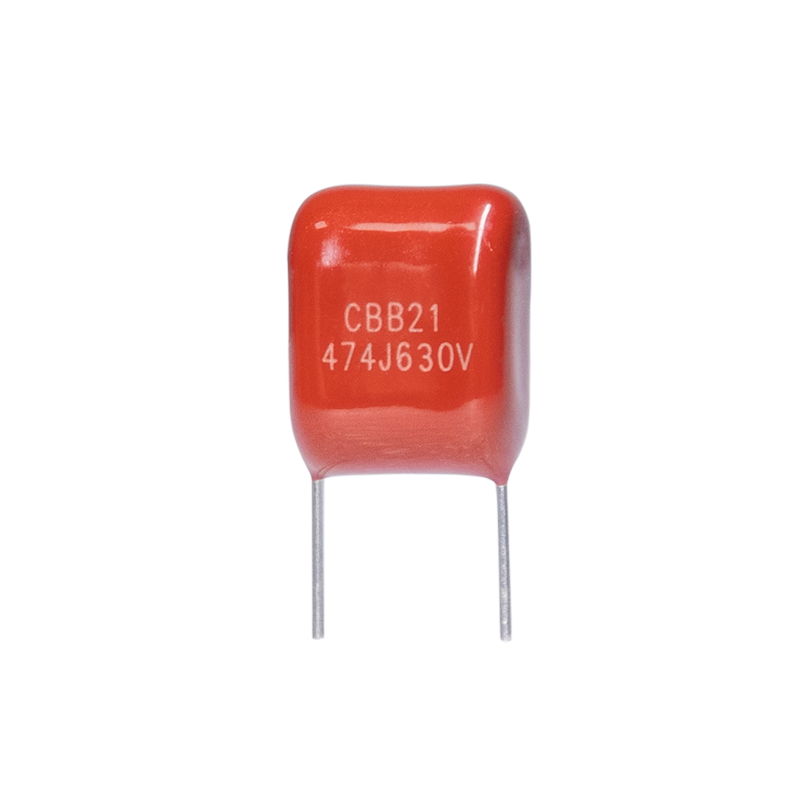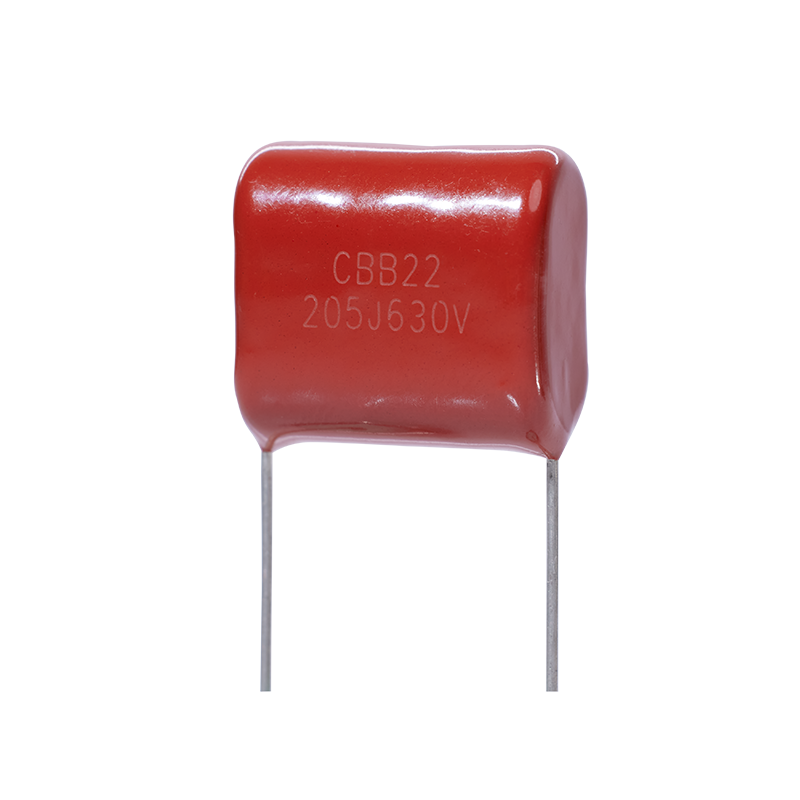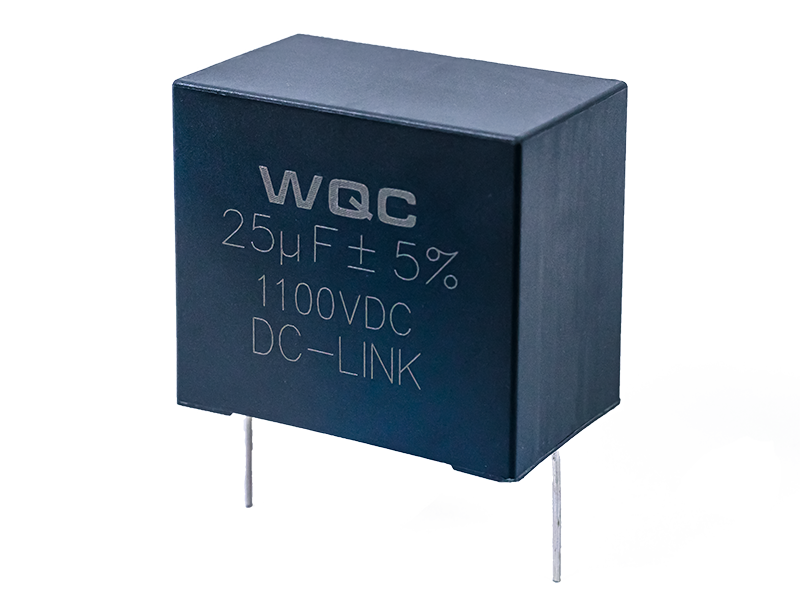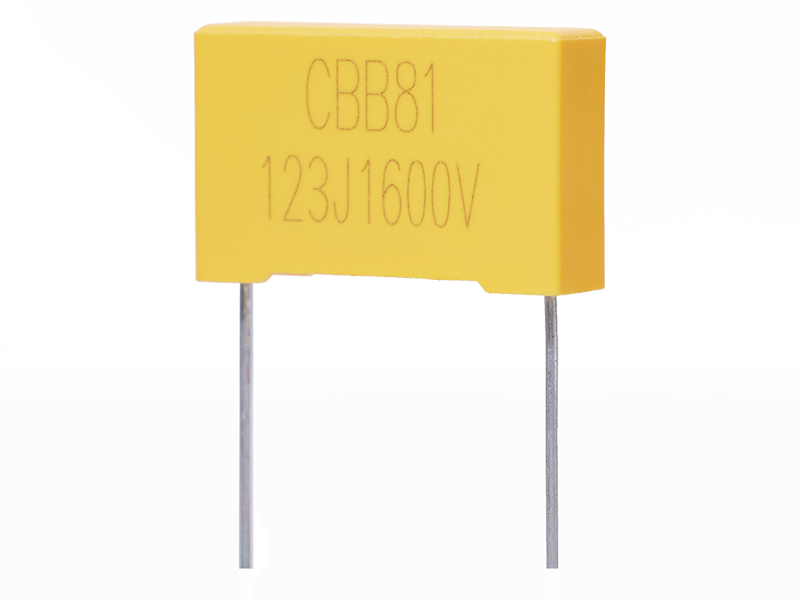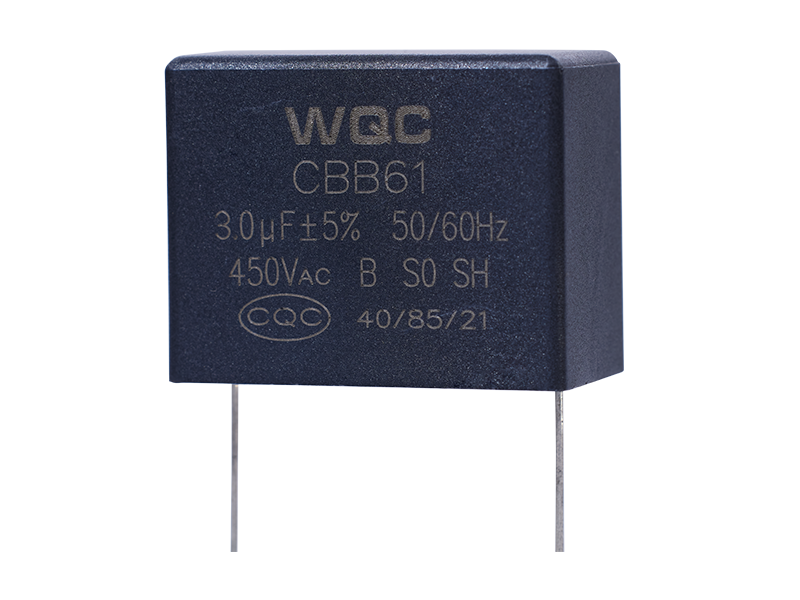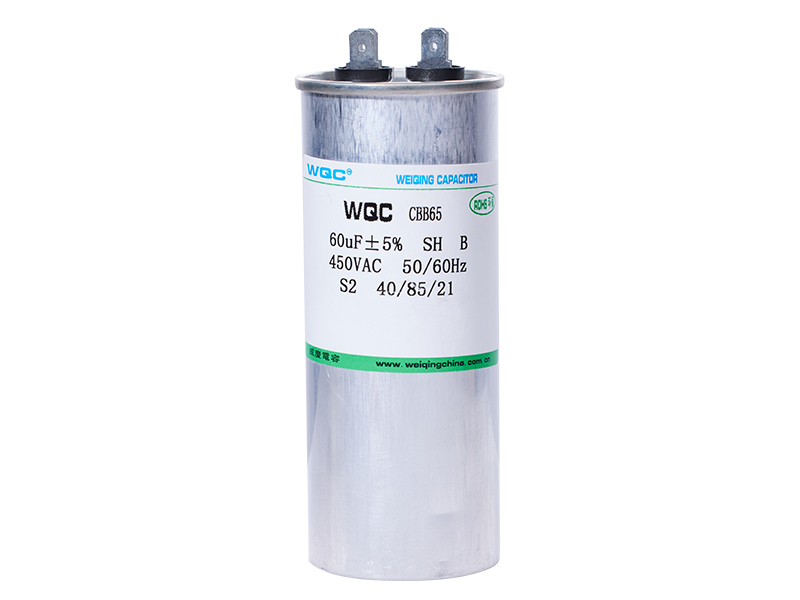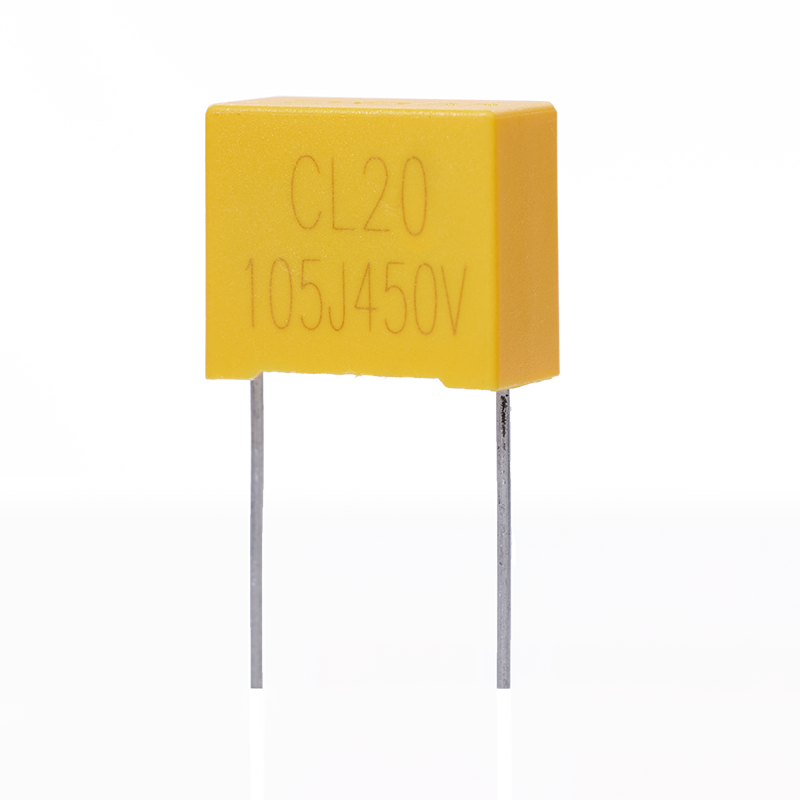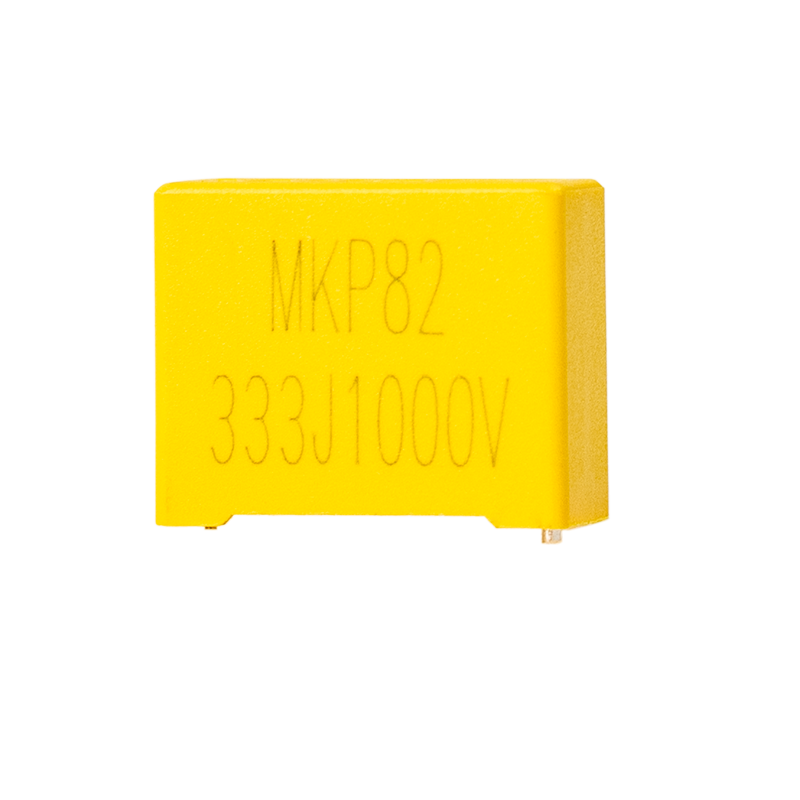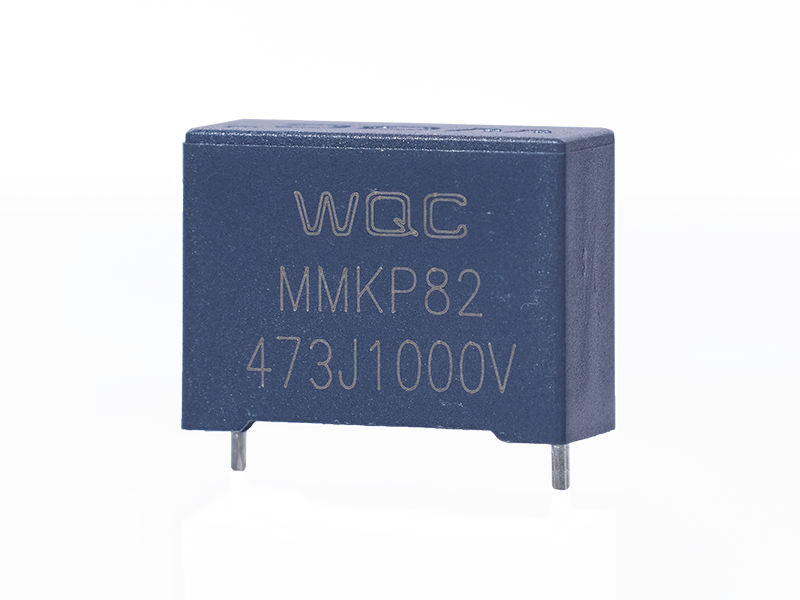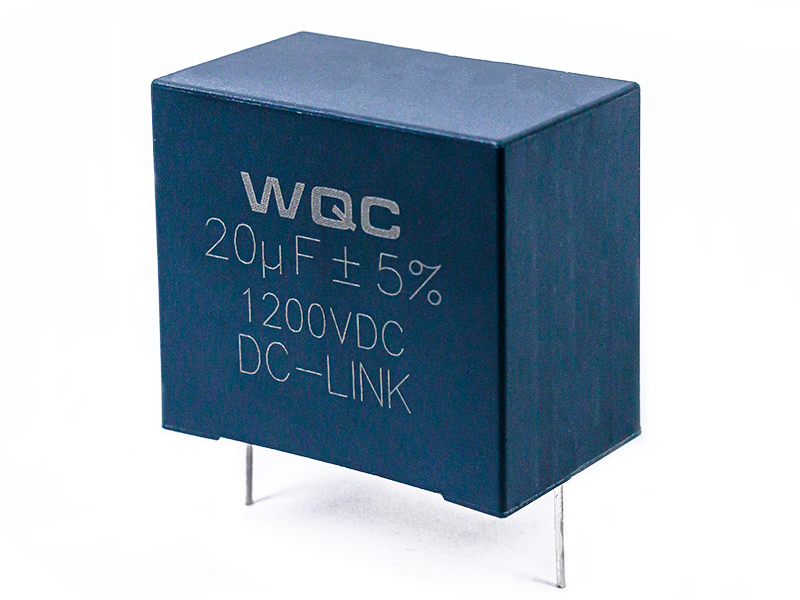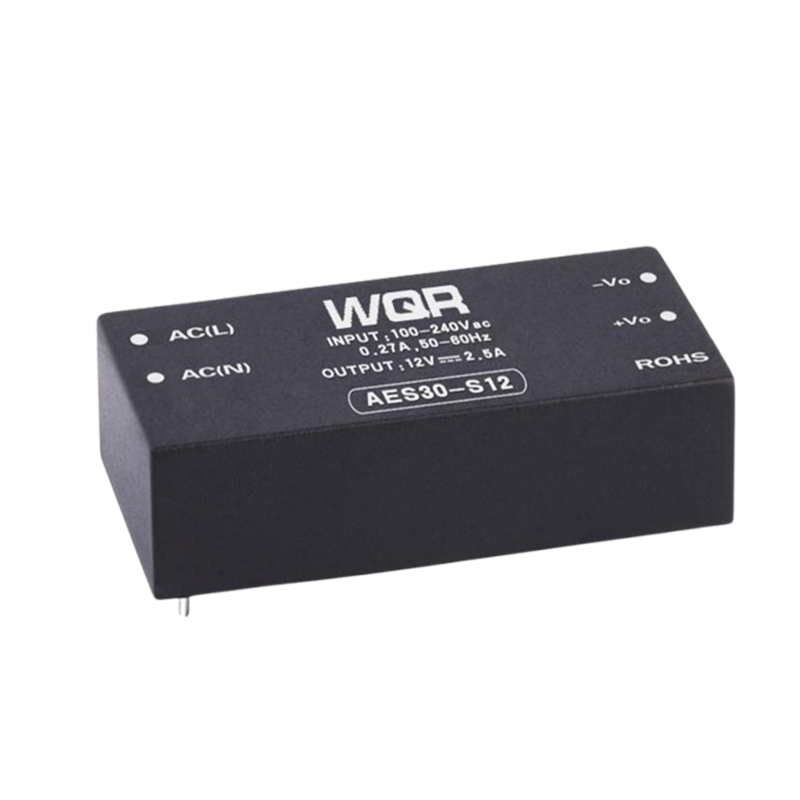-

X1
Capacity and voltage range from low to high, widely distributed. Can be applied to lighting and consumer electronics.
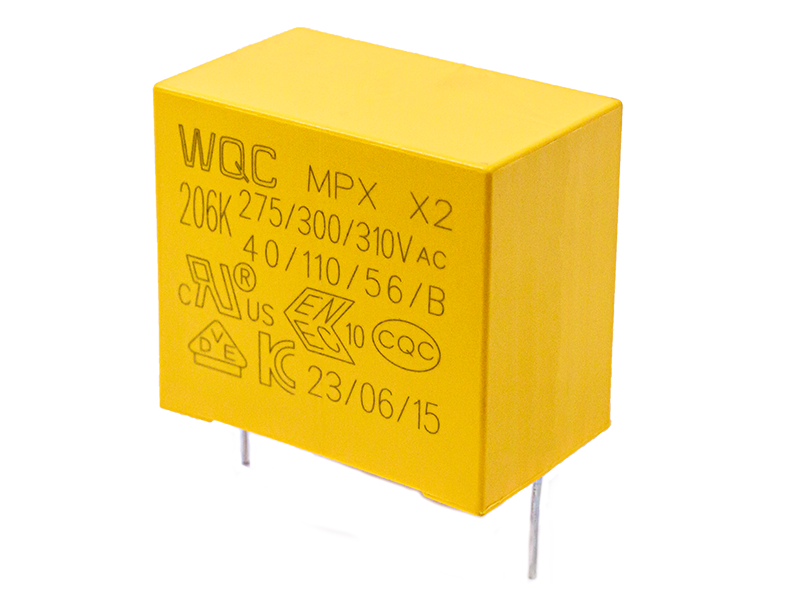
X2
Capacity and voltage range from low to high, widely distributed. Can be applied to lighting and consumer electronics.
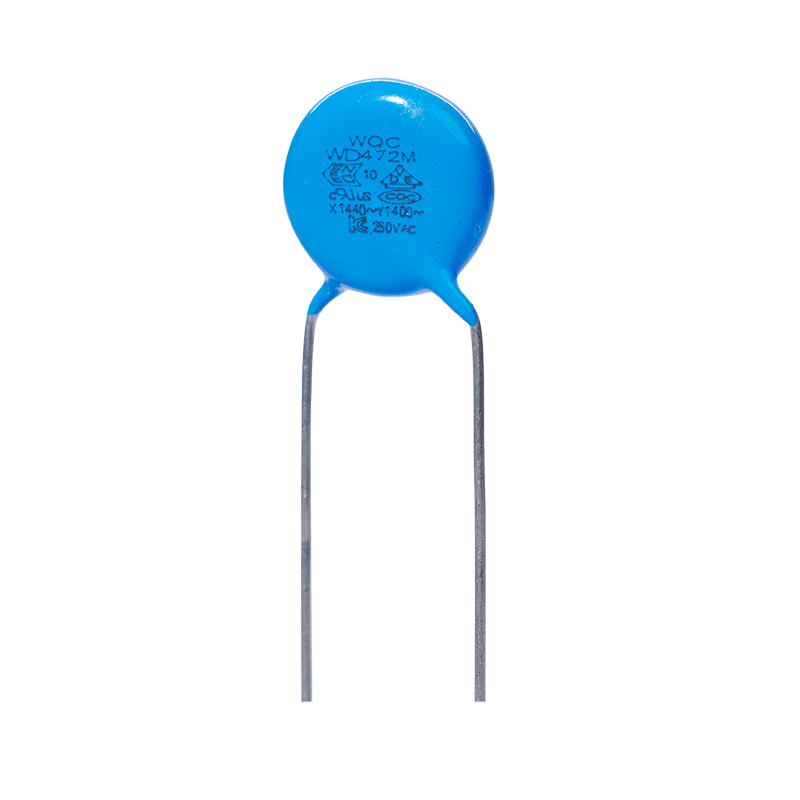
Y1
Capacity and voltage range from low to high, widely distributed. Can be applied to lighting and consumer electronics.
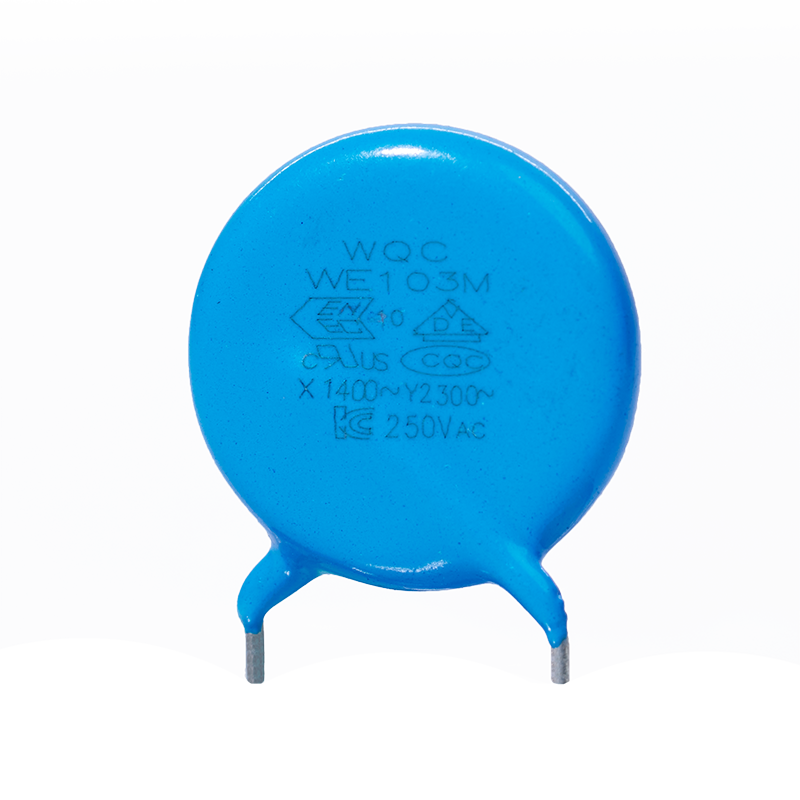
Y2
Capacity and voltage range from low to high, widely distributed. Can be applied to lighting and consumer electronics.
MEC Metal Film Box
Supercapacitors are also known as electric double-layer capacitors.
Release time:
2024-01-05 17:25
Source:
Supercapacitor, also known as electric double layer capacitor and electrochemical capacitor, is a new type of electrochemical energy storage device with electrochemical performance between traditional capacitors and batteries. It mainly includes four parts: electrode, electrolyte, current collector and separator. It mainly stores energy through the electric double layer capacitance and the Faraday quasi-capacitance generated by the redox reaction. Generally speaking, the energy storage of supercapacitors is reversible, so it can be used to solve problems such as battery memory. At present, the application range of supercapacitors is very wide, especially in hybrid vehicles. As a power source for hybrid electric vehicles, it can well meet the high power requirements of the vehicle when starting, climbing and accelerating, thereby effectively saving energy and increasing the service life of the battery.
For supercapacitors, there may be different classification methods according to different contents. First of all, according to the different energy storage mechanism, supercapacitors can be divided into two categories: electric double layer capacitors and Faraday quasi-capacitors. Among them, the electric double layer capacitor mainly generates storage energy by pure electrostatic charge adsorption on the electrode surface. Faraday quasi-capacitor is mainly through the Faraday quasi-capacitor active electrode materials (such as transition metal oxides and polymer) surface and near the surface of the reversible redox reaction to produce Faraday quasi-capacitor, so as to achieve the storage and conversion of energy. Secondly, according to the type of electrolyte, it can be divided into two categories: aqueous supercapacitors and organic supercapacitors. In addition, according to whether the types of active materials are the same, they can be divided into symmetrical supercapacitors and asymmetrical supercapacitors. Finally, according to the state of the electrolyte, supercapacitors can be divided into two categories: solid electrolyte supercapacitors and liquid electrolyte supercapacitors.
Previous Page
Related News
Increase the internal structure of the rated voltage
The voltage ratings for different film materials depend on factors such as film thickness, material quality (free of physical defects and chemical impurities), ambient temperature and operating frequency, and the safety margin for breakdown voltage (dielectric strength). In general, however, the rated voltage of a film capacitor depends primarily on the thickness of the plastic film. For example, with the minimum usable film thickness of a polyester film capacitor (about 0.7 μm), a capacitor rated at 400V DC can be produced. If a higher voltage is required, a thicker plastic film is usually used
Self-healing of metallized film capacitors
Metallized film capacitors have self-healing properties that are not available in film/foil configurations. When a sufficient voltage is applied, point defect shorts between the metallized electrodes can evaporate due to the high arc temperature because the dielectric plastic material at the breakdown point and the metallized electrodes around the breakdown point are both very thin (about 0.02 to 0.05 microns). The point defect cause of the short circuit is burned, and the resulting steam pressure also blows the arc away. This process can be completed in less than 10 μs
Brief Analysis of Fault Treatment of Capacitor
When the fuse of the capacitor is blown, it shall be reported to the dispatcher, and the circuit breaker of the capacitor shall be opened after obtaining the approval. Cut off the power supply to discharge it, and conduct external inspection first, such as whether there are flashover marks on the outside of the casing, whether the shell is deformed, whether there is oil leakage and whether there is short circuit in the grounding device, etc., and measure the insulation resistance value between poles and poles to ground, and check whether the capacitor bank wiring is complete and firm, and whether there is phase loss
Detection method of fixed capacitor
1. Detect the small capacitance below 10pF: because the fixed capacitor capacity below 10pF is too small, using a multimeter to measure, can only qualitatively check whether there is leakage, internal short circuit or breakdown. When measuring, a multimeter R× 10k block can be selected, and two pens can be used to connect the two pins of the capacitor arbitrarily, and the resistance value should be infinite. If the measured resistance (pointer swing to the right) is zero, then the capacitor leakage damage or internal breakdown.
Supercapacitors are also known as electric double-layer capacitors.
Supercapacitor, also known as electric double layer capacitor and electrochemical capacitor, is a new type of electrochemical energy storage device with electrochemical performance between traditional capacitors and batteries. It mainly includes four parts: electrode, electrolyte, current collector and separator. It mainly stores energy through the electric double layer capacitance and the Faraday quasi-capacitance generated by the redox reaction. Generally speaking, the energy storage of supercapacitors is reversible, so it can be used to solve problems such as battery memory. At present, the application range of supercapacitors is very wide.
Service Hotline:
Contact
Phone: +86 13826981362
Tel:+86 076988956188
E-mail: wqc001@weiqingchina.com.cn
Address: Weiqing Electronics Co., Ltd., Floor 1, Building 12, No.7, Science and Technology 10th Road, Songshan Lake High-tech Development Zone, Songshan Lake Administrative Committee, Dongguan City, Guangdong Province
Mobile Website

Scan Consultation

